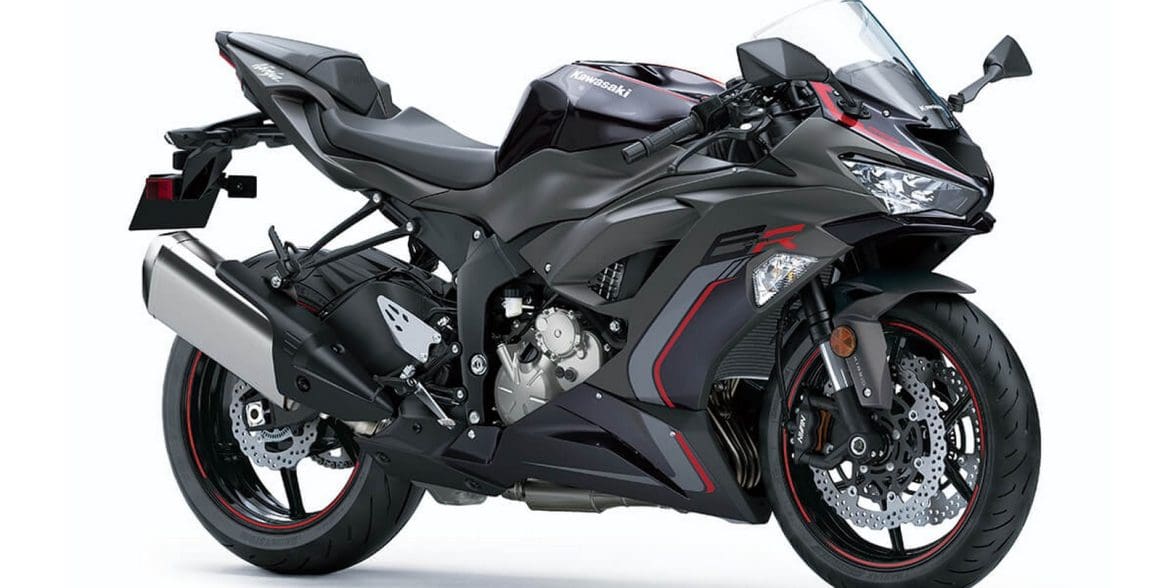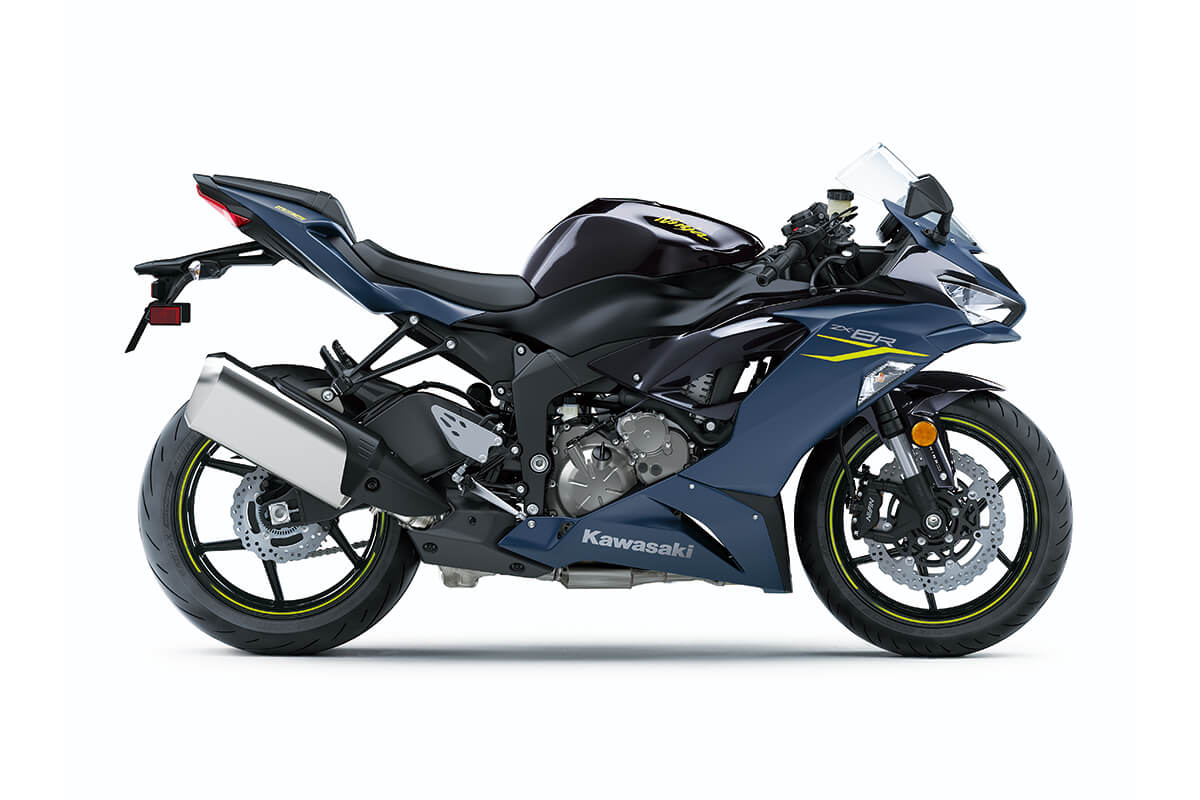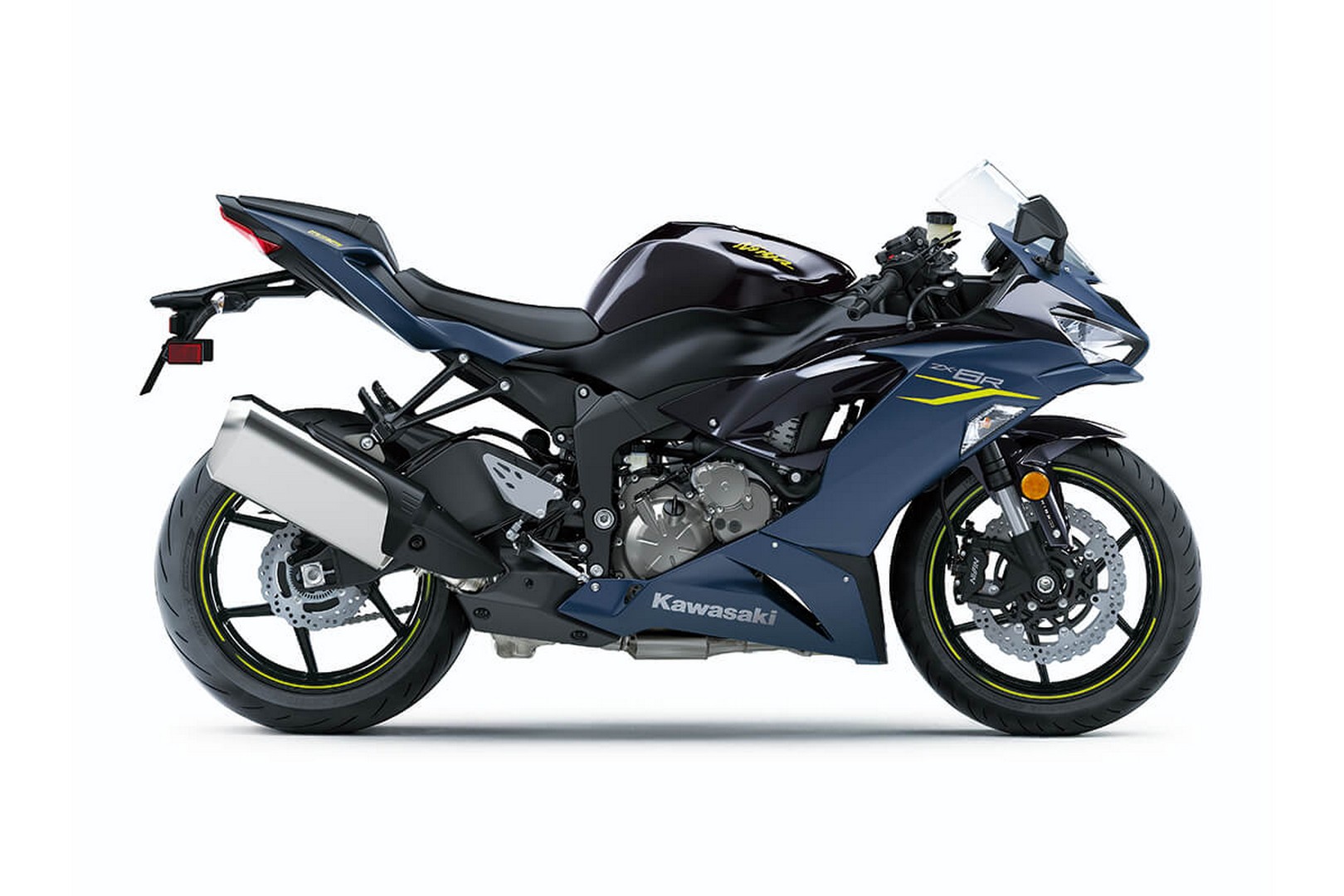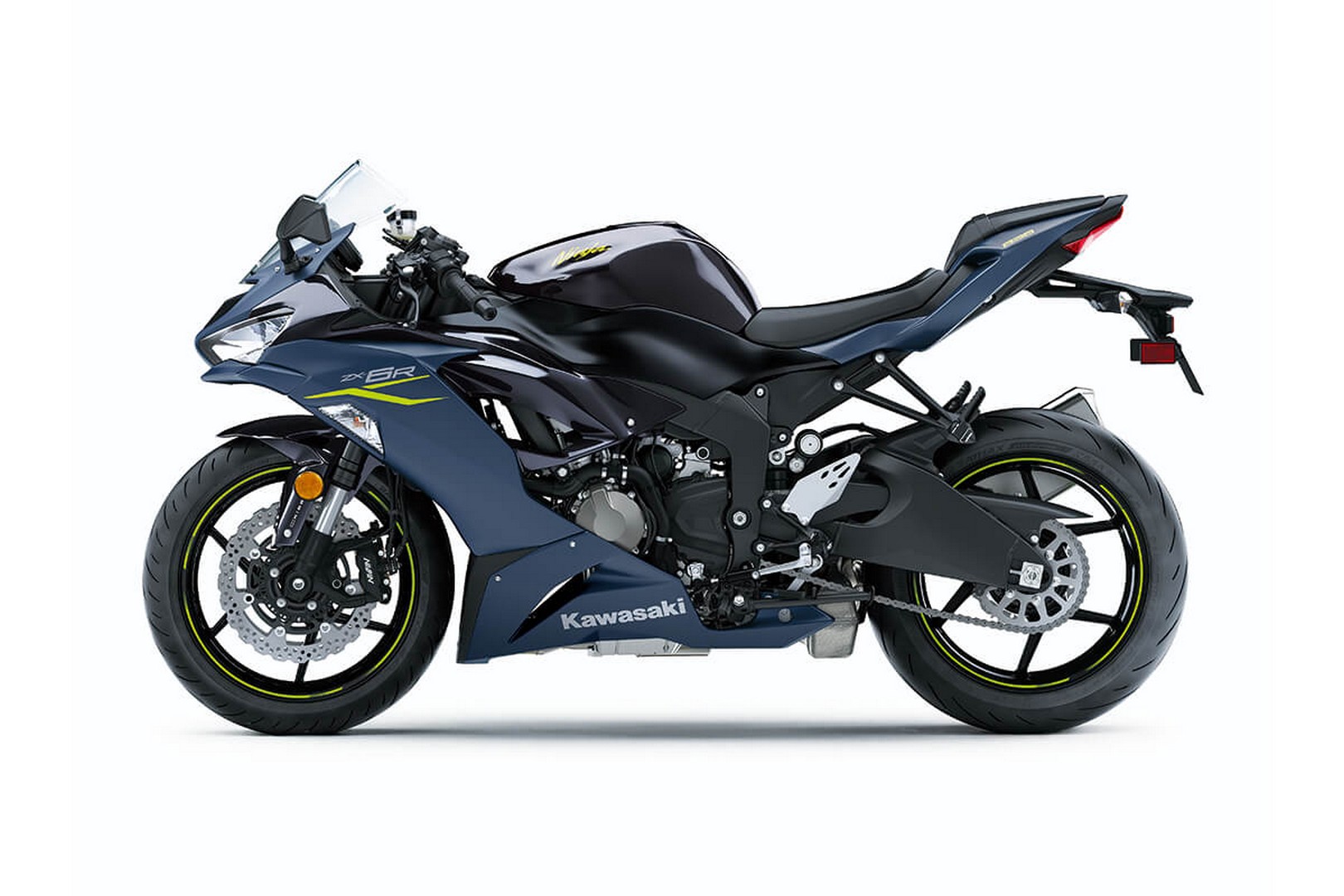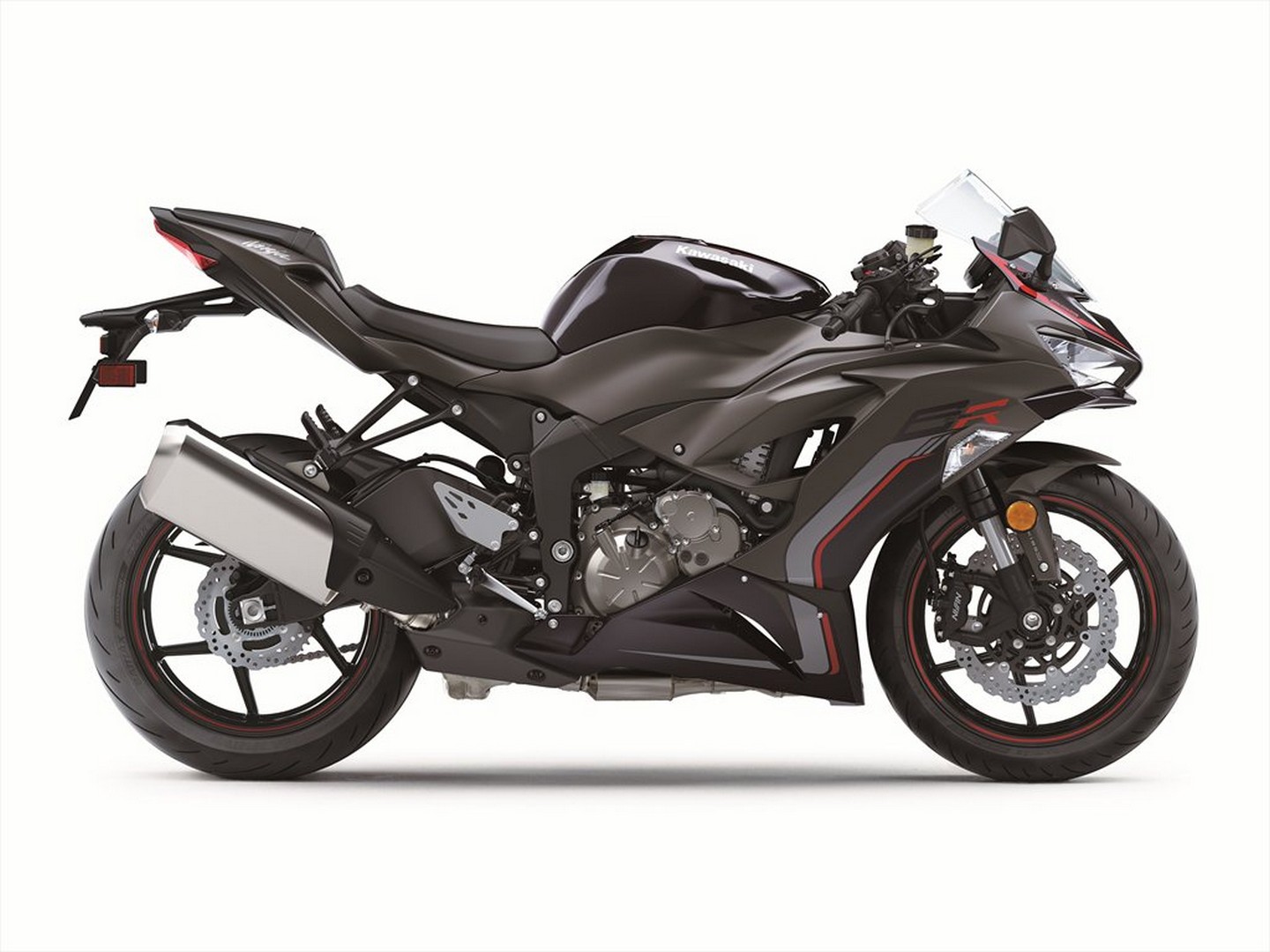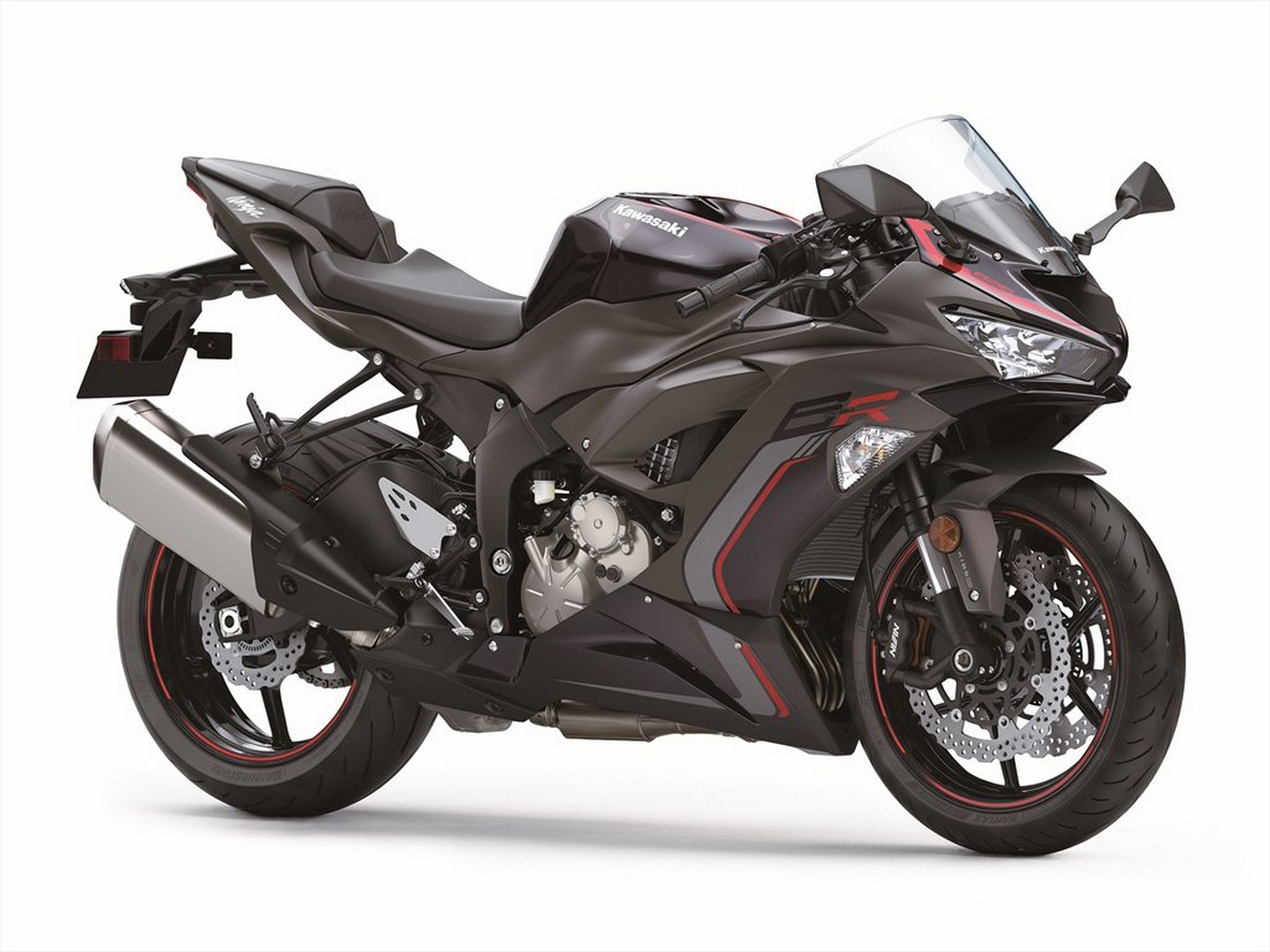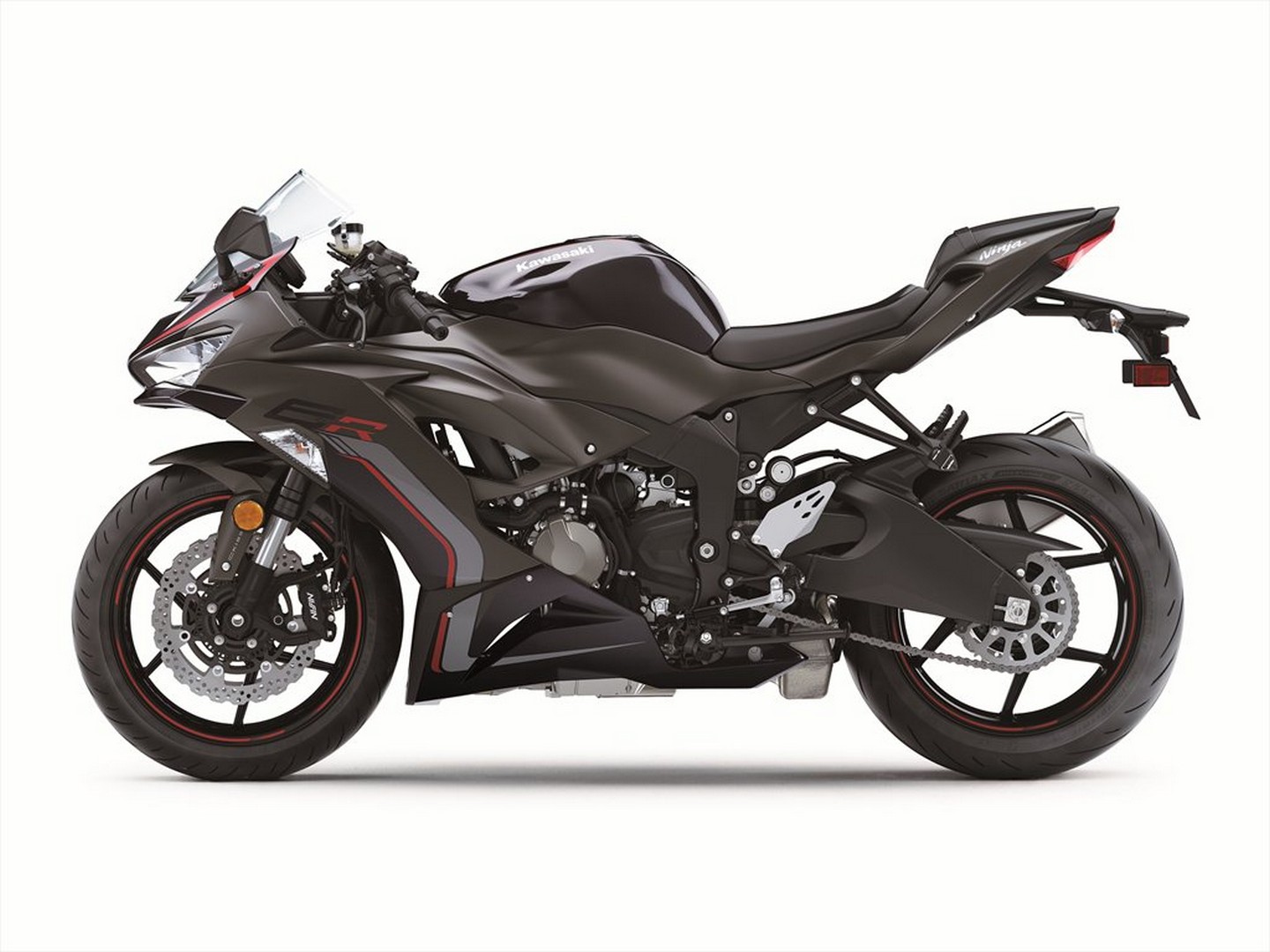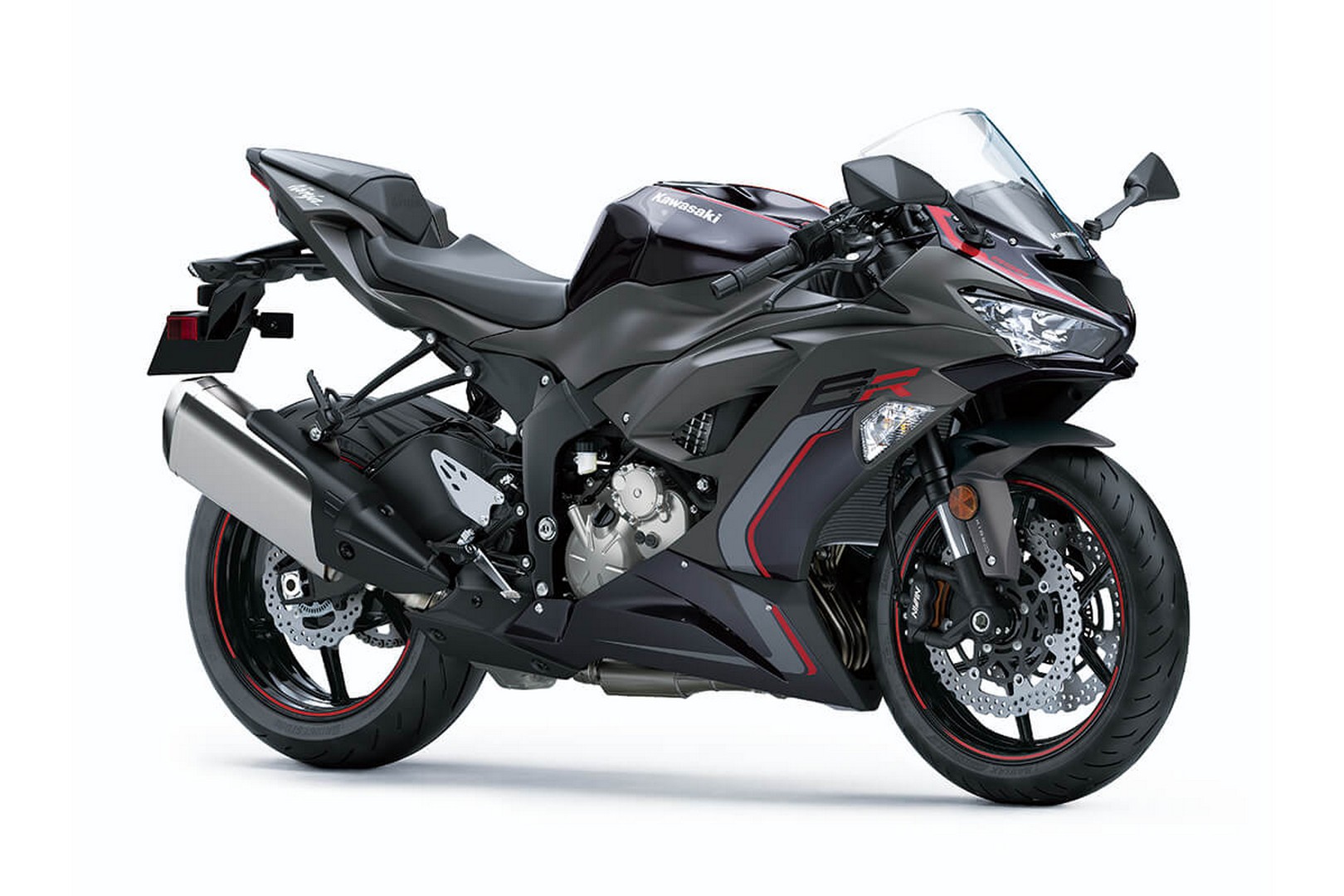The 2023 Kawasaki Ninja ZX-6R Is Top Of The Middleweight Supersports
Contents
The 2023 Kawasaki Ninja ZX-6R is a high-performance supersport motorcycle that’s designed to deliver an exhilarating riding experience. It boasts a powerful 636cc, 127 horsepower inline-four engine, lightweight chassis, and fully adjustable front inverted fork and rear Uni Trak shock, ensuring that it handles as expected whether on the road or track.
Like many of Kawasaki’s bikes, it features cutting-edge electronics, including Kawasaki’s Intelligent Anti-lock Brake System (KIBS), traction control, and multiple power modes. The aerodynamic bodywork not only looks great but also helps to reduce wind resistance at high speeds, making it more stable and easier to control. Looking to enhance the look of your ZX-6R? Check out the KRT edition with an exclusive color scheme. All these features ensure it leads the pack in the Japanese supersport category. The Kawasaki Ninja ZX-6R is a top-of-the-line supersport that’s perfect for riders looking for speed, performance, and cutting-edge technology and makes it difficult to choose from Kawasaki’s 2023 lineup.
The 2023 Kawasaki Ninja ZX-6R starts at $10,699 USD / $12,999 CAD for the Non-ABS version and $11,999 USD / $13,699 CAD for the ABS models.
On this page: we’ve curated specs, features, news, photos/videos, etc. so you can read up on the new 2023 Kawasaki Ninja ZX-6R in one place.
Model Overview
General Info
- Price: (Non-ABS Version) $10,699 USD / $12,999 CAD and (ABS Version) $11,999 USD / $13,699 CAD
- Key Features:
-
- ABS/KTRIC
- Adjustable lever
- Slipper Clutch
- LCD dash
Main Specs
- Engine: 636cc, liquid-cooled, 4-stroke, DOHC 16-valve in-line four
- Power: 127 horsepower
- Torque: 52 lb-ft
- Weight: 430 lbs (195 kgs)
- Seat Height: 32.9 inches (830 mm)
Competitors
- Aprilia Tuono 660
- Honda CBR 600RR
2023 Kawasaki Ninja ZX-6R Specifications
ENGINE |
||
| Engine | 636cc, 4-stroke, In-Line Four, DOHC, 16-valve, liquid-cooled | |
| Power | 134 hp | |
| Bore x Stroke | 67.0 x 45.1mm | |
| Compression Ratio |
12.9:1
|
|
| Fuel System | DFI® w/38mm Keihin throttle bodies (4) and oval sub-throttles | |
| Starter | Electric | |
| Lubrication | ||
DRIVETRAIN |
||
| Clutch | ||
| Transmission | 6-speed, Manual, Return Shift | |
| Final Drive | Sealed chain | |
CHASSIS |
||
| Suspension Front | 41mm inverted Showa SFF-BP fork with top-out springs, stepless compression and rebound damping, adjustable spring preload/4.7 in | |
| Suspension Rear | Bottom-link Uni-Trak® with gas-charged shock, stepless compression damping adjustment, 25-way adjustable rebound damping, fully adjustable spring preload/5.9 in | |
| Brakes Front | Dual 310mm petal discs with dual radial-mounted, Nissin 4-piston, monobloc calipers and KIBS ABS | |
| Brakes Rear |
Single 220mm petal discs with single-piston caliper and KIBS ABS
|
|
| Tires Front | 120/70 ZR17 | |
| Tires Rear | 180/55 ZR17 | |
| Fuel Tank Capacity | 4.5 gal | |
| Color |
Metallic Matte Twilight Blue/Metallic Diablo, Black & Metallic Matte Graphenesteel Gray, Metallic Diablo Black
|
|
ELECTRICAL |
||
| Ignition | TCBI w/Digital Advance | |
| Spark Plugs | ||
| Headlight | LED | |
| Tail Light | LED | |
DIMENSIONS |
||
| Overall Length | 79.7 in. | |
| Overall Width | 28.0 in | |
| Overall Height | 43.3 in. | |
| Wheelbase | 55.1 in. | |
| Ground Clearance | 5.1 in | |
| Seat Height | 32.7 in | |
| Curb Weight | 430.0 lb.* | |
WARRANTY |
||
| Warranty | 12 Months | |
| Kawasaki Protection Plus | ||
2023 Kawasaki Ninja ZX-6R Features
Assist & Slipper Clutch
Under normal operation, the assist cam functions as a self-servo mechanism, pulling the clutch hub and operating plate together to compress the clutch plates. This allows the total clutch spring load to be reduced, resulting in a lighter clutch lever feel when operating the clutch.
When excessive engine braking occurs – as a result of quick downshifts (or an accidental downshift) – the slipper cam comes into play, forcing the clutch hub and operating plate apart. This relieves pressure on the clutch plates to reduce back-torque and helps prevent the rear tire from hopping and skidding. This race-style function is particularly useful when sport or track riding.
Dual Throttle Valves
On models with dual throttle valves, there are two throttle valves per cylinder: in addition to the main valves, which are physically linked to the throttle grip and controlled by the rider, a second set of valves, opened and closed by the ECU, precisely regulates intake airflow to ensure a natural, linear response. With the air passing through the throttle bodies becoming smoother, combustion efficiency is improved and power is increased.
Economical Riding Indicator
While effective vehicle speed and engine speed may vary by model, paying attention to conditions that cause the “ECO” mark to appear can help riders improve their fuel efficiency – a handy way to increase cruising range. Further, keeping fuel consumption low also helps minimize negative impact on the environment.
KTRC (Kawasaki Traction Control)
Less intrusive modes maintain optimum traction during cornering. Designed with sport riding in mind, they facilitate acceleration out of corners by maximizing forward drive from the rear wheel. And because Kawasaki’s sophisticated software bases its dynamic analysis on the chassis’ orientation relative to the track surface (rather than relative to a horizontal plane), it is able to take into account corner camber, gradient, etc., and adapt accordingly.
In the more intrusive modes (and for some models, in any mode), when excessive wheel spin is detected, engine output is reduced to allow grip to be regained, effectively enabling riders to negotiate both short, slippery patches (train tracks or manhole covers) and extended stretches of bad roads (wet pavement, cobblestone, gravel) with confidence.
Power Modes
KQS (Kawasaki Quick Shifter)
2023 Kawasaki Ninja ZX-6R Photos
2023 Kawasaki Ninja ZX-6R Videos
2023 Kawasaki Ninja ZX-6R review by Peter Lowe One:
2023 Kawasaki Ninja ZX-6R Review by Tech Machines Official:
Links
Kawasaki Official Websites


